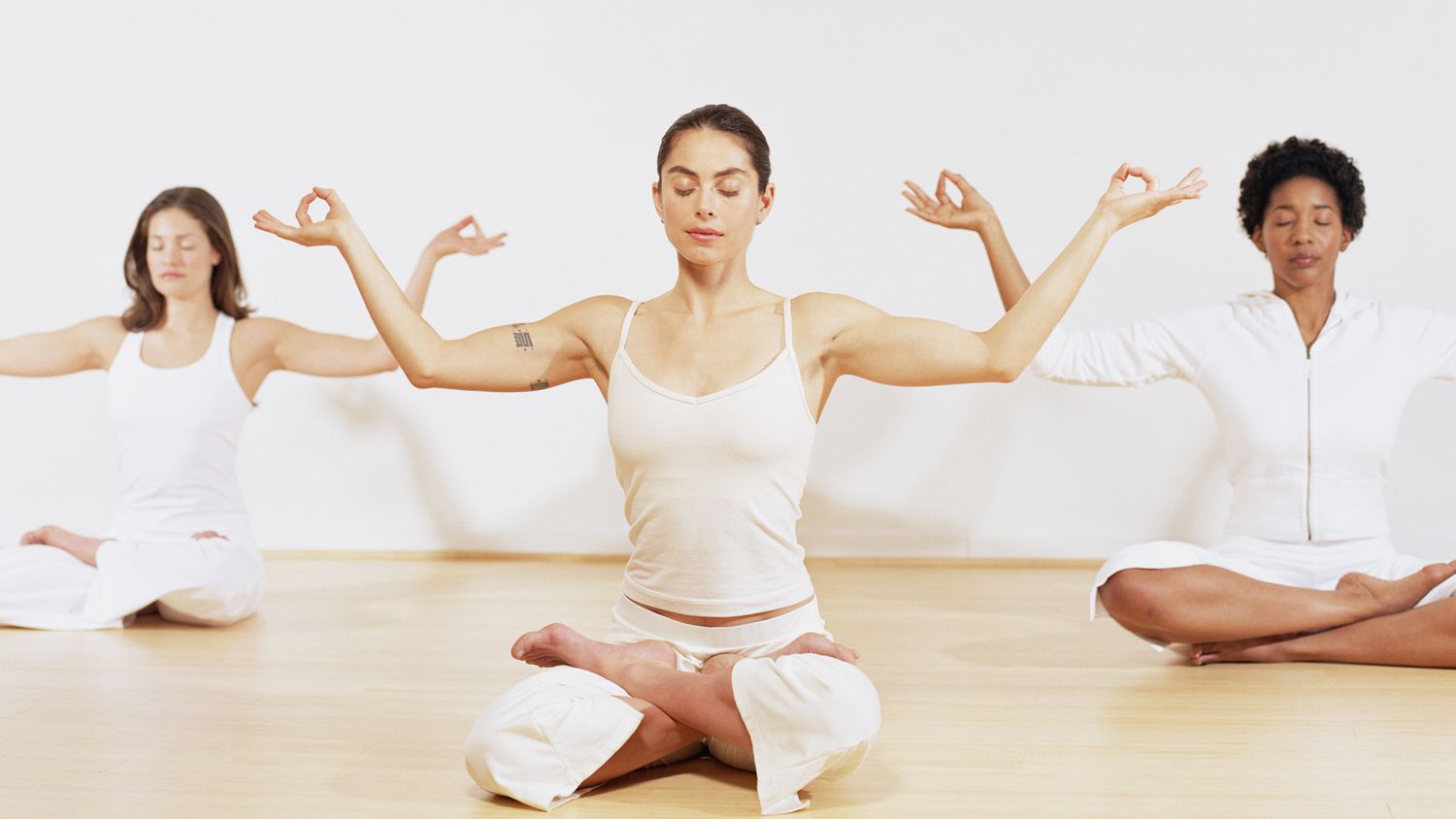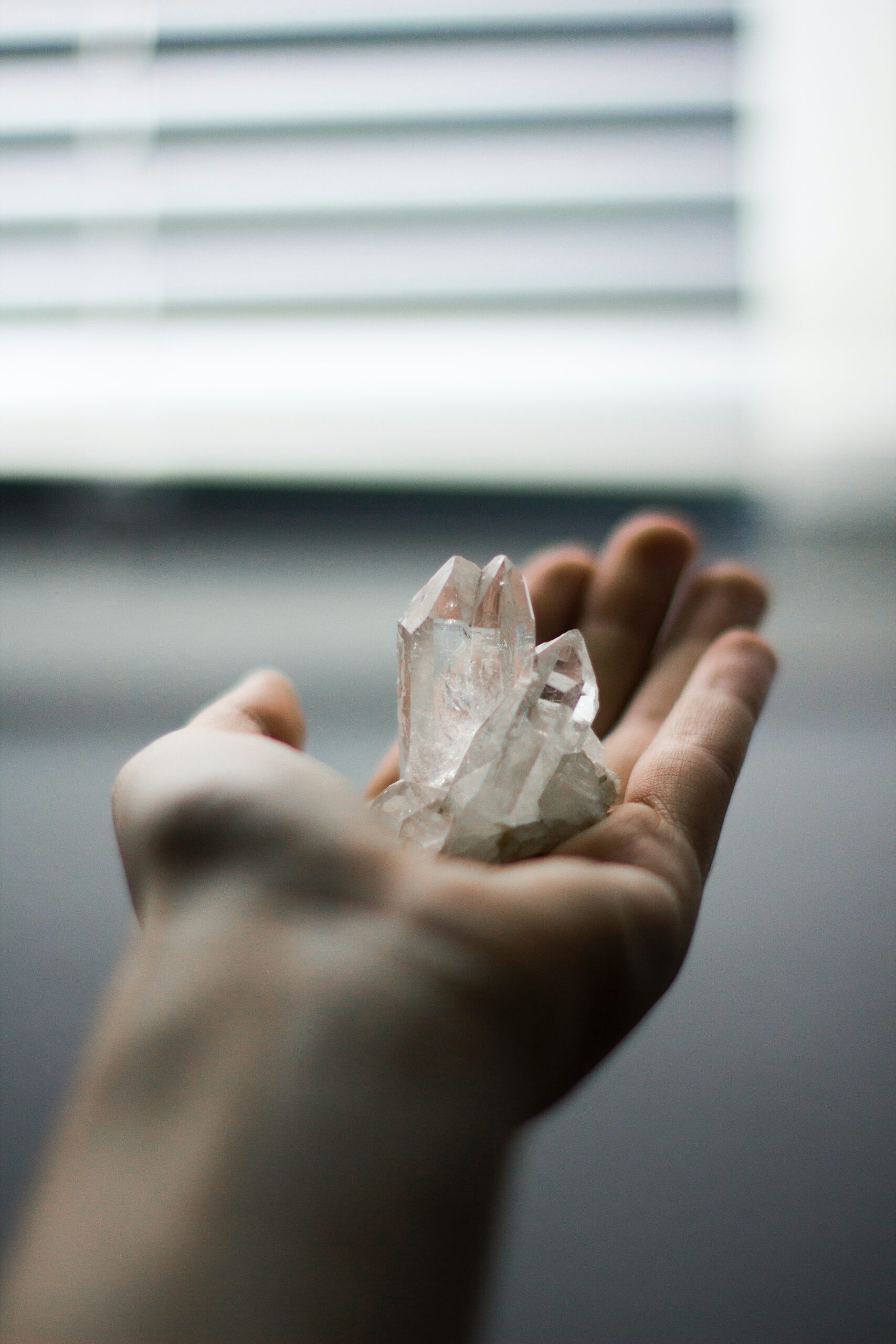The Pranayama techniques will base on the principle that our breathing patterns affect the brain and body. They can potentially reduce heart rate, blood pressure, and digestive disorders. These asana techniques can also help you improve lung capacity. They can also help you combat fatigue and help you lower body temperatures.
A pranayama is an ancient form of meditation that involves controlling the breath. It was first practiced in old India and is now widespread in the west. It is the fourth limb of yoga and is considered an art and science. It’s derived from two separate Sanskrit words: prana (breath) and Yama (restraint). The ancient texts mention pranayama as a foundational aspect of yoga.
Besides helping the mind, pranayama helps your breathing by lowering blood pressure and strengthening respiratory muscles. It can also boost cognitive functions. Practicing pranayama will improve your ability to concentrate and remain calm in stressful situations. If you’re suffering from anxiety or depression, practicing this technique regularly can help you reduce these symptoms.
The ancient yogis developed pranayama techniques to control the breath and promote mental focus. These techniques had combined with physical postures and meditation. These techniques are a foundational part of traditional yoga practice. In addition to purification and healing, pranayama helps us gain insight into our body’s processes.
Benefits of Pranayama Techniques
If you are interested in improving your health and well-being, you should learn about the benefits of pranayama techniques. Practicing these breathing techniques boosts your energy and makes you feel better mentally. Learn the benefits of pranayama from Esther Ekhart, founder of EkhartYoga. She has studied philosophy and practiced yoga for years and has a unique blend of knowledge and experience to share with you.

Pranayama breathing exercises
Pranayama breathing exercises are an excellent way to relax your mind and improve your health. You can perform them while sitting, lying, or even on your back. You may want to close your eyes or bend your knees to make breathing easier. You can also use a yoga mat to practice them on.
It is essential to practice these breathing exercises correctly. First, you should sit properly. If you are doing them for the first time, start with eleven cycles and gradually increase to one hundred and twenty-one cycles. Next, practice slow inhalation and exhalation. Practice these breathing exercises for two or three minutes. These exercises should use as a supplement to asana practice.
Alternate nostril breathing
The best practice for alternate nostril breathing is to do it twice daily. Many practitioners recommend doing it when you first wake up in the morning and before sleep at night. It is also most effective when practiced before meals and when you have an empty bladder. The duration of the practice varies, but you should aim for five to ten minutes each session. Beginners should begin with shorter rounds and build up to longer ones as they become more familiar with the breathing exercise.
Alternate nostril breathing can help you relax and calm your mind during stressful times because controlled deep breathing engages the relaxation response and starts the body’s rest and repair. Studies have also shown that alternate nostril breathing can help you sleep better.
Pranayama Technique increases energy
Performing pranayama breathing techniques can increase the amount of energy that you have. The methods work by increasing the lungs’ capacity, which means they can absorb more oxygen into the blood. These techniques are beneficial for people who have trouble sleeping as they calm the body down, making it easier to go to sleep.
It is advisable to perform pranayama techniques carefully and with awareness. You should always consult a professional if you are new to the practice. Also, it is essential to practice these techniques regularly.

Pranayama Technique improved mental health
Practicing pranayama exercises can help improve the brain and body’s functions. In addition to increasing lung capacity, pranayama exercises have other positive benefits, such as reducing anxiety and stress. It can also improve focus and concentration. Some studies even suggest that pranayama techniques can slow the aging process.
Pranayama breathing techniques can help yogis achieve higher levels of samadhi, a state of consciousness that involves concentration, meditation, and relaxation. Pranayama exercises also detoxify the body, clearing impurities through the Nadis and increasing mental and physical health.
The practice of pranayama techniques can also help lower blood pressure. Practicing this ancient form of exercise can also improve the functioning of the digestive system. It can also help people with depression, anxiety, and PTSD by increasing blood flow throughout the body. Pranayama exercises can help people focus and calm negative emotions by improving the respiratory system.
Pranayama Technique reduces stress
Pranayama techniques, or breathing exercises, are a common way to help reduce stress. By manipulating the breath, pranayama exercises can influence the hypothalamic-pituitary-adrenal (HPA) axis, which controls several aspects of the body. This axis affects digestion and the immune system, while the pituitary gland and hypothalamus regulate sexuality, mood, and emotions. Whether you are working or relaxing, pranayama techniques can help reduce stress.
There are two types of pranayama: slow and fast. They had shown both types to reduce perceived stress. The slow technique is effective for all age groups, and the quick method is appropriate for people with stable cardiovascular function.
What are the Parts of Pranayma techniques?
Pranayama is a technique that can practice controlling breathing. Traditionally, there are four elements to pranayama: the inhale and exhale, the incoming and outgoing breath, and the pause between inhalation and exhalation. Some practices also include Outer Retention, which is rare in breath control.

Pranayama Technique: Three-part breath
Three-part breaths are a breathing technique in which you inhale air deeply and exhale it completely. They can perform by inhaling from the belly, ribs, and chest. This breathing technique helps to open the chest and relax the body. They can practice the three-part breaths for up to five minutes.
Sit comfortably against a wall and close your eyes to practice this breathing technique. Your breathing should be slow and even. As you breathe in and out, you will experience an increase in oxygenation and nourishment of the body’s tissues. The more you practice the Three-Part Breath, the stronger your diaphragm will become.
Pranayama Technique: Ujjayi breath
The Ujjayi breath is a diaphragmatic breathing technique that opens the chest and throat, filling them with air and creating a soft hissing noise at the top and bottom of the breath. The sound is similar to that of a whale or the sound of wind passing over a canyon. This technique is very gentle and requires full awareness. It is usually practiced in short periods and lasts between three and five minutes.
Practicing the Ujjayi breath can help energize the body and calm the mind. It will improve your psychic sensitivity and help you sleep better. It will also help lower blood pressure and slow the heart rate. The Ujjayi breath also helps reduce oxidation, a process that damages cellular membranes, proteins, and lipids and damages DNA.

Pranayama Technique: Nadhi sodhana
Nadi Sodhana is a vital breathing exercise that helps purify the body’s energy channels. Nadis are pathways of subtle energy in the body, which can lead to health problems when blocked. Nadi Shodhana helps to clear these blockages and is an effective breathing technique for many health conditions.
Nadi sadhana can do seated or lying down. It begins with inhalation through the left nostril and exhalation through the right. It is important to pause between each inhale and exhale.
Pranayama Technique: Plavini
The Plavini in Pranayama is a breathing exercise that enhances blood flow throughout the body. It also helps soothe brain cells and increases vitality. It is best performed early in the morning and on an empty stomach. Beginners should seek guidance from a yoga instructor before attempting it. Those with heart problems, high blood pressure, or hernias should avoid it.
Plavini in Pranayama is most effective when practiced in a meditative sitting posture like Padmasana or Shavasana. It is essential to breathe deeply and slowly and leave only a tiny amount of air in the lungs during exhalation. They will allow the body to relax longer.

Which Pranayma is Best for Asthma?
There are several different breathing exercises you can do to manage your asthma. Sukasana, for example, helps relax your mind and control stress. It is also helpful to asthma patients, as it involves breathing through one nostril and then changing to the other. This exercise believes in purifying the blood of toxins and regulating the oxygen supply to the lungs. It is beneficial to practice Sukasana several times a day.
Buteyko breathing
The Buteyko breathing technique is a method of deep breathing that helps to reduce anxiety. It works by activating the parasympathetic nervous system, which reduces stress in the body and mind. While unsuitable for people with severe medical conditions, the practice can help many improve their breathing patterns and self-control.
The technique consists of slow, deep, and steady breathing. In the first phase, you generally breathe by inhaling through the nose. Then, you exhale slowly and calmly through the mouth. As you continue practicing, the exercise will become natural.
Studies have shown that combining Buteyko breathing with Pranayama can significantly improve the symptoms and function of the lungs in patients with asthma. The Buteyko breathing method mimics the breathing technique often used by yoga practitioners.
Ujjayi pranayama

Ujjayi pranayama, or “Ocean breathing,” is a powerful breathing technique. It involves bringing the breath into the throat in a deep, slow, and soft manner. It is essential to keep the throat relaxed and free of tension, which has a counter-productive effect on asthma and other breathing disorders.
There are several ways to perform this pranayama. The first method involves letting out all the air in the nostrils and then inhaling it through the other. This exercise benefits people with asthma because it encourages slow, deep breathing patterns.
Ujjayi pranayama studied in some studies. It significantly affects many voice parameters, including acoustic, aerodynamic, and self-perception.
Nadhi sodhana
This Pranayama involves alternate nostril breathing or Nadhi sodhana. This technique helps cleanse the energy system and calms the mind. It enables you to breathe more easily. It also allows you to reduce stress.
It helps in the healing of asthma. It clears blocked energy channels and improves sleep. Another pranayama is Kapal Bhati, which activates the nervous system and boosts metabolism. Bhastrika pranayama also helps in cleansing the respiratory system and helps in improving concentration and stamina.
This Pranayama helps in cleansing the nadis, the subtle energy channels that run from the base of the sacrum to each nostril. When blocked, these energy channels believe to affect your health negatively. When these channels are clear, your body can achieve the highest possible level of inner awareness.








